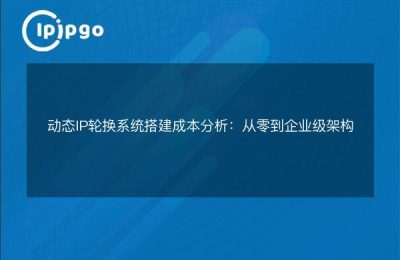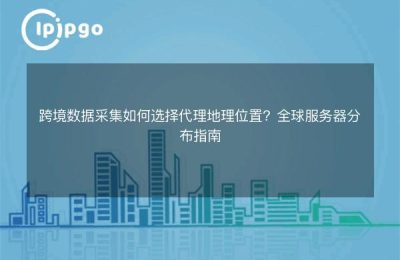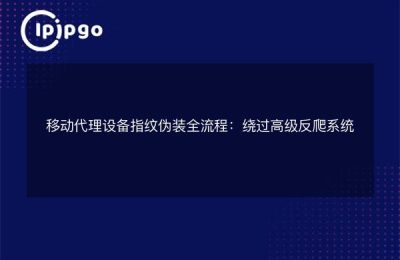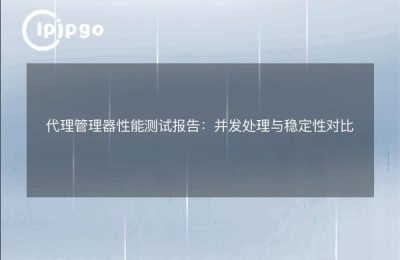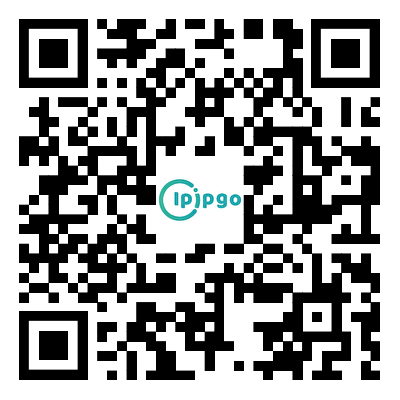
Hands-on guide: the core IP logic of Instagram bulk farming
When running an Instagram account in bulk, the account survival rate is directly dependent on two core elements:Authenticity of IP addressesrespond in singingStability of device fingerprints. The 90% blocking cases on the market are all due to the vulnerability of these two links. In this article, we will use the most straightforward operation program, hand in hand to teach you how to build a security matrix through the proxy IP.
Why is Dynamic Residential IP just a necessity?
Instagram detects anomalous traffic characteristics when the same device frequently switches accounts. For example, if a user logs into 10 accounts per day with a fixed IP, the registration time, operation behavior, and geographic location of these accounts will generate data overlap.
ipipgo's dynamic residential IP pool simulates the network switching of real users in different scenarios: posting with a Brazilian IP in the morning, cutting to a Mexican IP for interaction in the afternoon, and switching to a US IP for browsing late at night. This kind ofRealistic IP rotation model, allowing each account to have a separate network track.
Three major details of device fingerprint camouflage
Many people think that everything will be fine if they change their IP, but in fact, the browser fingerprint is the biggest hidden danger. Here we share three parameters that must be calibrated:
- Time zone auto-matching - When using German IP, the system time zone needs to be adjusted to Berlin time.
- Font Fingerprint Confusion - Hide Chinese-specific font packs such as Song, Microsoft Yahei, etc.
- Canvas Rendering Differences - Different graphics card models produce unique image rendering characteristics
It is recommended that when using with the fingerprint browser, you download the corresponding country in advance in the background of ipipgo.IP Configuration FileIt automatically synchronizes 22 environmental parameters such as language and resolution.
Dynamic + Static IP combination strategy
Flexible configuration of IP types based on account weights:
| Account Type | IP strategy | operation suggestion |
|---|---|---|
| New Account | Dynamic Residential IP | Hourly switching of different country IPs |
| Mature and Old | Static Residential IP | Fixed city-level IPs remain active |
| Advertisement Placement Number | Server Room IP + Residential IP | Separation of business operations from daily interactions |
ipipgo support in a single sessionMix of dynamic and static IP calls, such as using a static IP to maintain the main account login and a dynamic IP to handle batch liking tasks.
Solutions to high-frequency problems
Q: Why are I still blocked after using a proxy IP?
A: Check whether the following situations: ① IP purity is not enough (recommended to use ipipgo's residential IP) ② multiple accounts share the same browser fingerprints ③ IP switching without cleaning Cookies
Q: How can I detect if an IP is tagged?
A: Turn it on in the ipipgo backendIP Health MonitoringFunctions, real-time display of IP's blacklist status, historical usage records, and operator trusted ratings.
Q: How many IPs are required to operate multiple accounts?
A: Recommendations to be followed1:3 Golden RatioThe IP pool of ipipgo supports batch extraction by city/operator dimension, and the average daily consumption of a single account is about 5-8 IPs.
Constructing a network isolation layer through dynamic IPs, together with differentiated settings for the device environment, can effectively reduce the risk of account association. Choose a service provider like ipipgo that has real residential IP resources in order to ensure the quality and stability of IP from the root.


